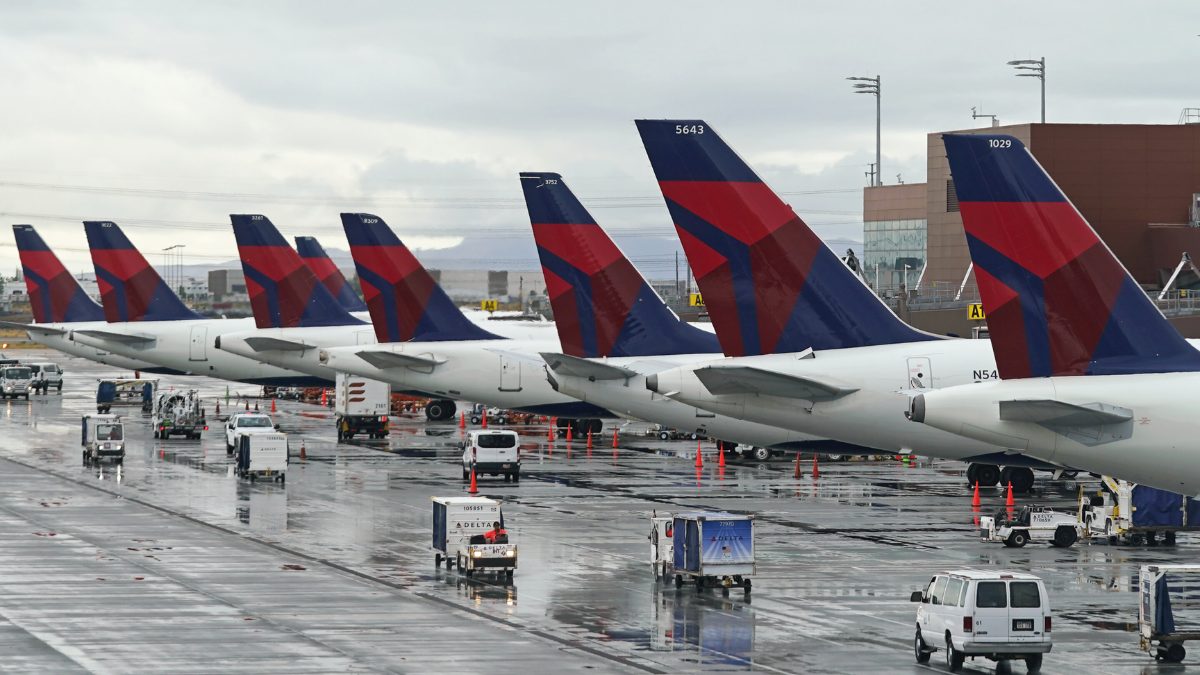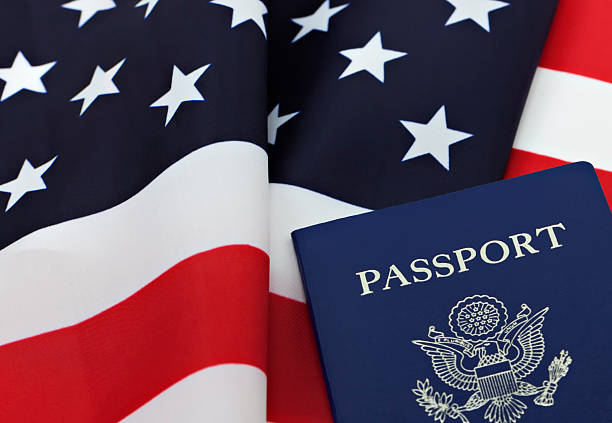The Federal Aviation Administration (FAA) has launched an investigation after passengers on a Delta Air Lines flight reported experiencing severe ear and nose bleeding due to a pressurization issue. The incident occurred on a Boeing 737-900ER traveling from Salt Lake City, Utah, to Portland, Oregon. Shortly after takeoff, passengers began experiencing symptoms consistent with rapid cabin pressure changes, prompting the pilots to initiate an emergency return to Salt Lake City International Airport.
Passengers Experience Severe Symptoms Mid-Flight
Passengers on board described the terrifying experience, with many reporting intense headaches, ear pain, and spontaneous nosebleeds. Some passengers even suffered ruptured eardrums. According to reports, oxygen masks did not deploy, raising concerns about the severity of the pressurization failure. Medical personnel met the aircraft upon landing, treating several affected individuals at the scene while others were advised to seek further medical attention.
Delta Air Lines’ Response
Delta Air Lines quickly responded to the incident, stating that passenger safety is their top priority. The airline removed the aircraft from service for a thorough maintenance inspection. Delta also offered transportation assistance and medical support for affected passengers. A spokesperson for the airline confirmed that the aircraft had been returned to service after maintenance crews resolved the issue. However, the FAA continues to investigate the root cause of the pressurization problem.
The Importance of Cabin Pressurization
Aircraft cabin pressurization is a critical safety feature designed to maintain a comfortable and breathable atmosphere for passengers at high altitudes. Modern aircraft are equipped with automated systems that regulate cabin pressure. When these systems fail, the results can be dangerous, leading to symptoms like dizziness, headaches, and, in extreme cases, bleeding from the ears and nose due to rapid changes in air pressure.
In severe pressurization failures, oxygen masks are designed to deploy automatically to help passengers breathe until the aircraft descends to a safer altitude. However, in this Delta flight incident, no masks were deployed, raising additional concerns about whether the issue was properly detected by onboard systems.
FAA Investigation and Airline Accountability
The FAA has confirmed that a full investigation is underway. Officials will examine flight data, maintenance records, and crew responses to determine what caused the pressurization failure and whether proper safety measures were followed. Aviation experts suggest that multiple factors could contribute to such failures, including mechanical malfunctions, sensor errors, or human oversight.
The outcome of the investigation could have significant implications for Delta Air Lines and the broader airline industry. If the FAA finds that maintenance lapses or operational errors played a role, Delta could face penalties and be required to implement corrective measures to prevent future occurrences.
Passenger Safety and Preventative Measures
Passengers who frequently travel by air can take proactive steps to protect themselves in the event of a pressurization failure. Understanding safety procedures, paying attention to pre-flight safety briefings, and knowing the symptoms of decompression sickness can help travelers respond quickly in emergencies. In cases where pressurization issues occur, passengers should try to remain calm, follow crew instructions, and avoid actions that may worsen symptoms, such as holding their breath or rapid swallowing.
Conclusion
This alarming incident on a Delta Air Lines flight underscores the critical importance of aircraft maintenance, pressurization systems, and emergency preparedness. As the FAA continues its investigation, passengers and industry professionals alike will be closely monitoring the findings to ensure such an event does not happen again. Airlines must prioritize safety above all else, ensuring that all aircraft systems are functioning properly before departure.
For more updates on this developing story and aviation safety regulations, stay tuned to official FAA announcements and airline industry reports.
Disclaimer – Our team has carefully fact-checked this article to make sure it’s accurate and free from any misinformation. We’re dedicated to keeping our content honest and reliable for our readers.








